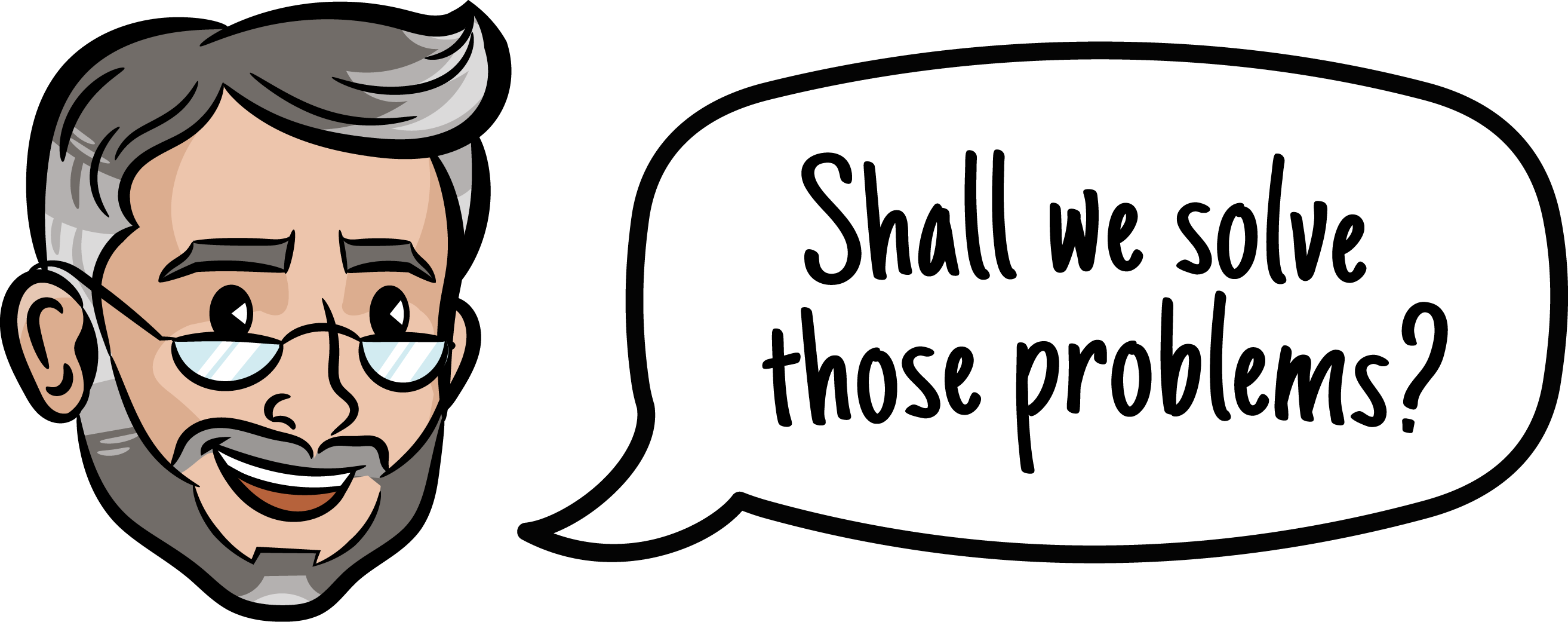Building a successful B2B marketing funnel is essential for guiding potential clients through the buying journey. In 2024, with new digital marketing trends emerging, a structured approach to creating an effective funnel is more important than ever. This guide will walk you through how to build a B2B funnel, offering step-by-step instructions and tips to help your business adapt to evolving strategies.
Guide to Building a B2B Marketing Funnel in 2024
The digital marketing landscape is continuously changing, and so are the strategies required to effectively engage B2B prospects. In 2024, buyers are more informed, with access to endless resources and data at their fingertips. This means that the traditional marketing funnel needs to be more personalized and dynamic to keep up with these shifting behaviors.
A B2B marketing funnel, when structured correctly, doesn’t just drive leads; it builds trust, nurtures relationships, and turns prospects into long-term clients. From awareness to conversion, each stage of the funnel plays a key role in guiding the buyer’s decision-making process.
To build a B2B funnel that works in 2024, you need to adapt to new trends, incorporate technology like automation, and focus on personalization. By doing so, you’ll ensure that every interaction with potential customers moves them closer to making a purchase. Understanding key sales metrics is essential in B2B marketing, and knowing the OTE meaning—the expected earnings when performance targets are met—can help businesses set realistic compensation structures that drive success.
Building Your B2B Marketing Funnel
Creating a B2B funnel starts with understanding your target audience and their needs. Unlike B2C funnels, where buying decisions can happen quickly, B2B funnels often involve longer sales cycles and multiple decision-makers. Therefore, it’s essential to take a strategic and thoughtful approach to ensure that each stage of the funnel effectively addresses the needs of your potential clients.
The core stages of any B2B funnel include awareness, interest, consideration, intent, evaluation, and decision. These stages may look simple on the surface, but each requires specific tactics to engage prospects and move them down the funnel.
When building your funnel, you need to create content and offers that are tailored to each stage. In the awareness stage, your focus should be on educating the audience about your industry and their pain points. As prospects move down the funnel, the content should become more detailed and solution-oriented, guiding them toward making a decision. If you are looking for a CMO but can’t afford a full-time hire Sales Funnel Professor’s CMO service provides the expert leadership of a CMO at a fraction of the cost of a full-time hire.
Step-by-Step Guide to Creating a B2B Funnel
To successfully build a B2B funnel, it’s important to follow a structured, step-by-step approach. This ensures that each stage of the funnel is designed to engage and nurture prospects effectively.
First, start by defining your target audience. In B2B marketing, knowing who your buyers are and what their needs and pain points are is critical. This allows you to create more personalized messaging and offers. Next, establish clear goals for your funnel. Are you aiming to increase leads, close more deals, or improve customer retention? Your funnel should be built with these goals in mind.
Once you’ve identified your audience and goals, begin crafting content for each stage of the funnel. During the awareness stage, use blogs, webinars, and social media posts to drive traffic. In the consideration phase, offer case studies, product comparisons, and demos. Finally, at the decision stage, provide clear, persuasive calls to action like free trials or consultations.
Implement lead-nurturing strategies to guide prospects through the funnel. Automated email sequences, retargeting ads, and personal outreach are all effective ways to keep leads engaged throughout their journey.
Lastly, set up analytics and tracking tools. You need to measure performance at every stage of the funnel. This data will allow you to make adjustments and optimize your funnel over time.
Tips for Customizing Your Funnel for 2024
Customizing your B2B sales funnel to fit the current trends in 2024 is crucial for staying competitive. Personalization, automation, and data-driven decision-making should be at the core of your funnel-building efforts.
One of the most significant trends for 2024 is the increasing importance of personalized content. Buyers now expect messaging and offers that are tailored to their unique needs. Use data and segmentation to deliver relevant content at the right time. Personalizing the buyer’s experience will lead to higher engagement and improved conversion rates.
Another tip is to embrace automation. Tools like customer relationship management (CRM) systems, marketing automation platforms, and AI-driven lead scoring can streamline your funnel-building process. Automation helps you stay efficient, allowing you to nurture leads at scale without sacrificing quality.
Lastly, focus on multichannel engagement. In 2024, B2B buyers use various platforms to research and interact with brands. Ensure your funnel includes touchpoints across different channels, such as social media, email, and your website. This omnichannel approach ensures that you’re meeting potential clients where they are most active.
Common Mistakes to Avoid in Funnel Building
While building a B2B funnel, it’s easy to fall into certain traps that can undermine its effectiveness. Understanding these pitfalls will help you avoid mistakes that could cost you leads and sales opportunities.
One of the most common mistakes is neglecting the top of the funnel. Many marketers focus on the bottom stages where the conversions happen but fail to invest enough effort into building awareness and attracting new prospects. To succeed, you need a full pipeline of leads entering the top of your funnel.
Another mistake is failing to optimize for mobile. In 2024, more business decision-makers are accessing content and engaging with brands through mobile devices. If your funnel isn’t mobile-friendly, you’re likely losing out on potential leads.
Not having a clear follow-up strategy is another issue. Leads don’t always convert right away, so it’s essential to have a robust nurturing process in place. Automated email sequences, personalized messages, and retargeting are key elements that keep prospects engaged as they move through the funnel.
Lastly, relying too heavily on automation can backfire. While automation is important, too much of it can make your interactions feel impersonal. Always strike a balance between automation and human touchpoints.
Conclusion
A structured approach to building a B2B marketing funnel in 2024 is essential for adapting to the changing digital landscape. By following a step-by-step guide and avoiding common mistakes, you can create an effective, up-to-date B2B funnel that drives results.
For those looking to gain deeper insights into funnel optimization, the Sales Funnel Professor offers a comprehensive Sales Funnel Course. This course dives into how each B2B funnel stage works and how to integrate them for maximum returns.
By applying these strategies and tips, you can enhance your funnel’s performance, ensuring that your business remains competitive in 2024 and beyond. Get your sales funnel bottlenecks defined and action items documented by the Sales Funnel Professor with your own funnel audit.
More Useful Reads from Sales Funnel Professor
If you found this post helpful, you may also enjoy:


